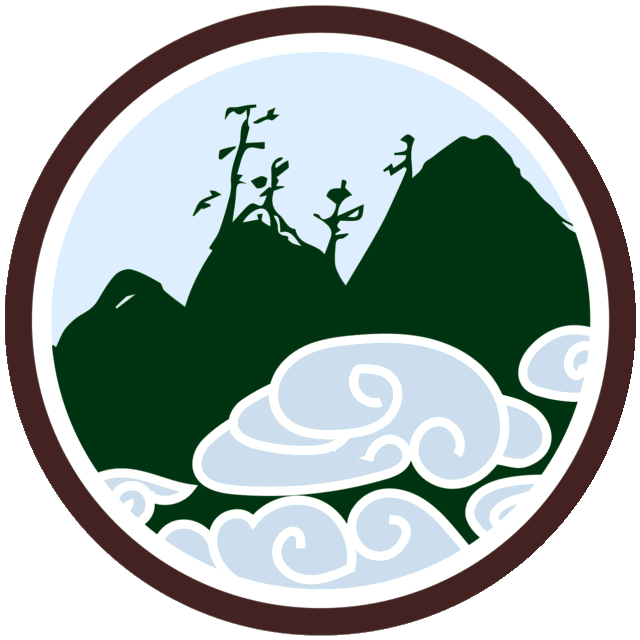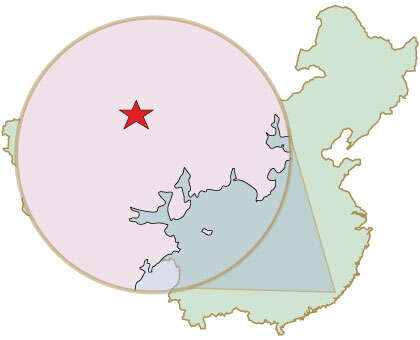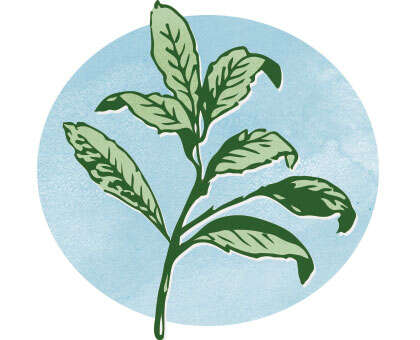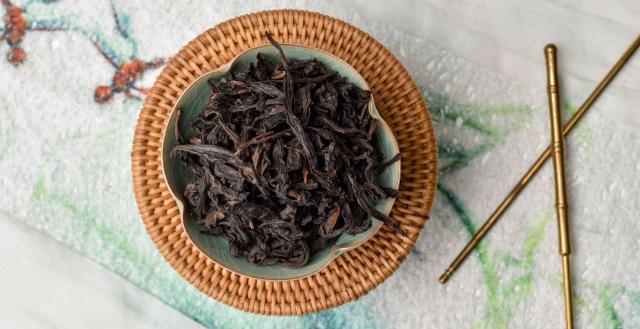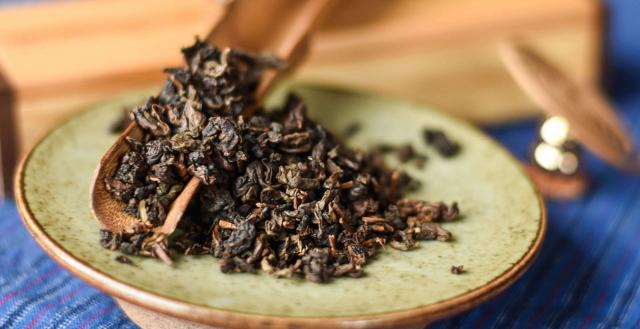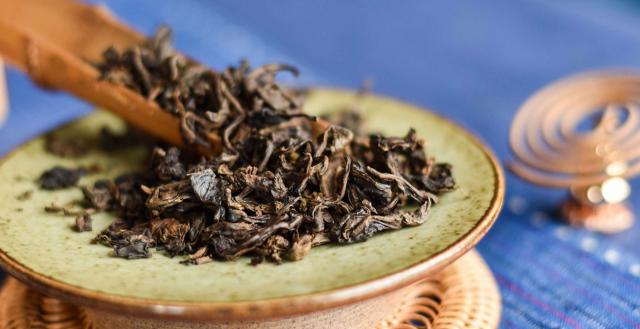2003 Aged Mao Xie
2003 Aged Mao Xie
Old-growth tea with
two decades of aging
Mao Xie is already naturally creamy and rich. Master Zhang’s careful aging and re-roasting brings out deep chocolatey intensity, creamy oat milk, rosewood and juniper spice, and juicy mango.
Spring 2003 ♦ Dark Roast Finish

Crafted by Master Zhang
Environmentalist and award-winning craftsman, Master Zhang is committed to pioneering low-impact tea farming that replenishes natural forests on his high elevation Anxi mountain plot.
Master Zhang devotes his energy to introducing rare varietals of tea to increase biodiversity and researching ancient finishing techniques to make rich, aromatic oolong unlike anything else in the world.
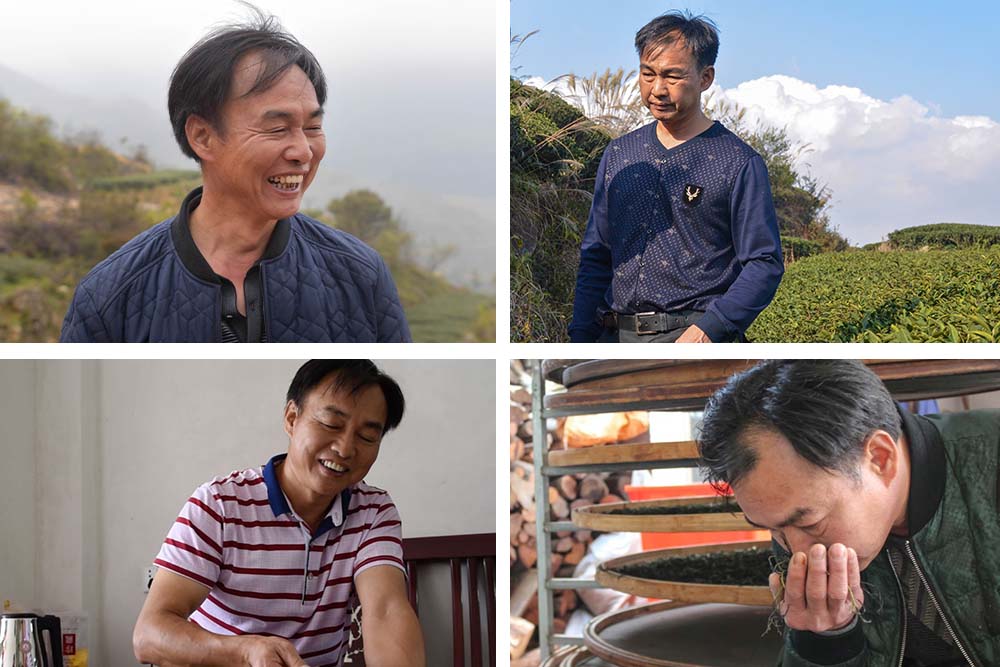

- DATE OF PICKINGSpring 2003
- Daping VillageAnxi, Fujian
- ELEVATION1000
- Mao XieTea Varietal
Mao Xie is arguably Daping Village’s most “classic” tea. Mao Xie is native to the area and grew on the mountains above Daping long before Tieguanyin was planted. Master Zhang’s labor-intensive traditional finish hearkens back to the style before the modern green oolong trend became popular and all Anxi teas were finished with at least a light roast and oxidation. Mao Xie translates to “hairy crab,” a reference to the appearance of the leaves. A classic traditional finish on Mao Xie brings out the iconic savory notes in the varietal and makes it taste almost pastry-like. Aging brings out the natural savory undertones of this varietal and deepens the aftertaste.
- DATE OF PICKINGSpring 2003


Tasting Profile
- savory - creamy oat milk, cocoa nibs
- spice - rosewood, juniper
- fruit - dried mango
Master Zhang also recommends:
Steeping Instructions
Western
5 g.6-8
oz.use 212° watersteep 30 secondsresteep many times
add 15-30 sec. each infusionGongfu
7 g.6 ozuse 212° watersteep 10 seconds
add 3 sec. per steepingenjoy many steepingsIced/Cold
5 g.12
oz.use room temp. waterrefrigerate overnight
8 hoursadd ice & enjoy
Product Photo Gallery














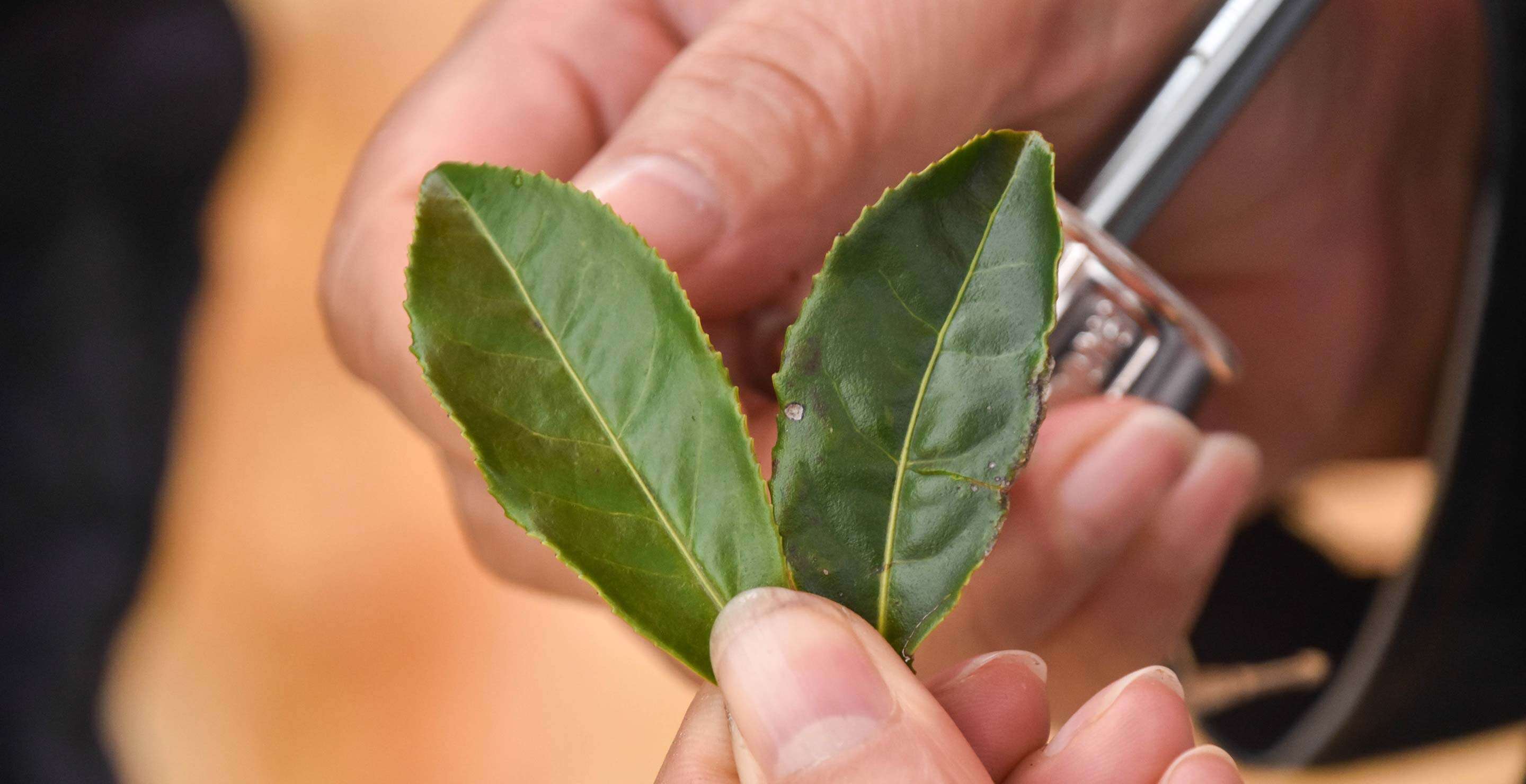

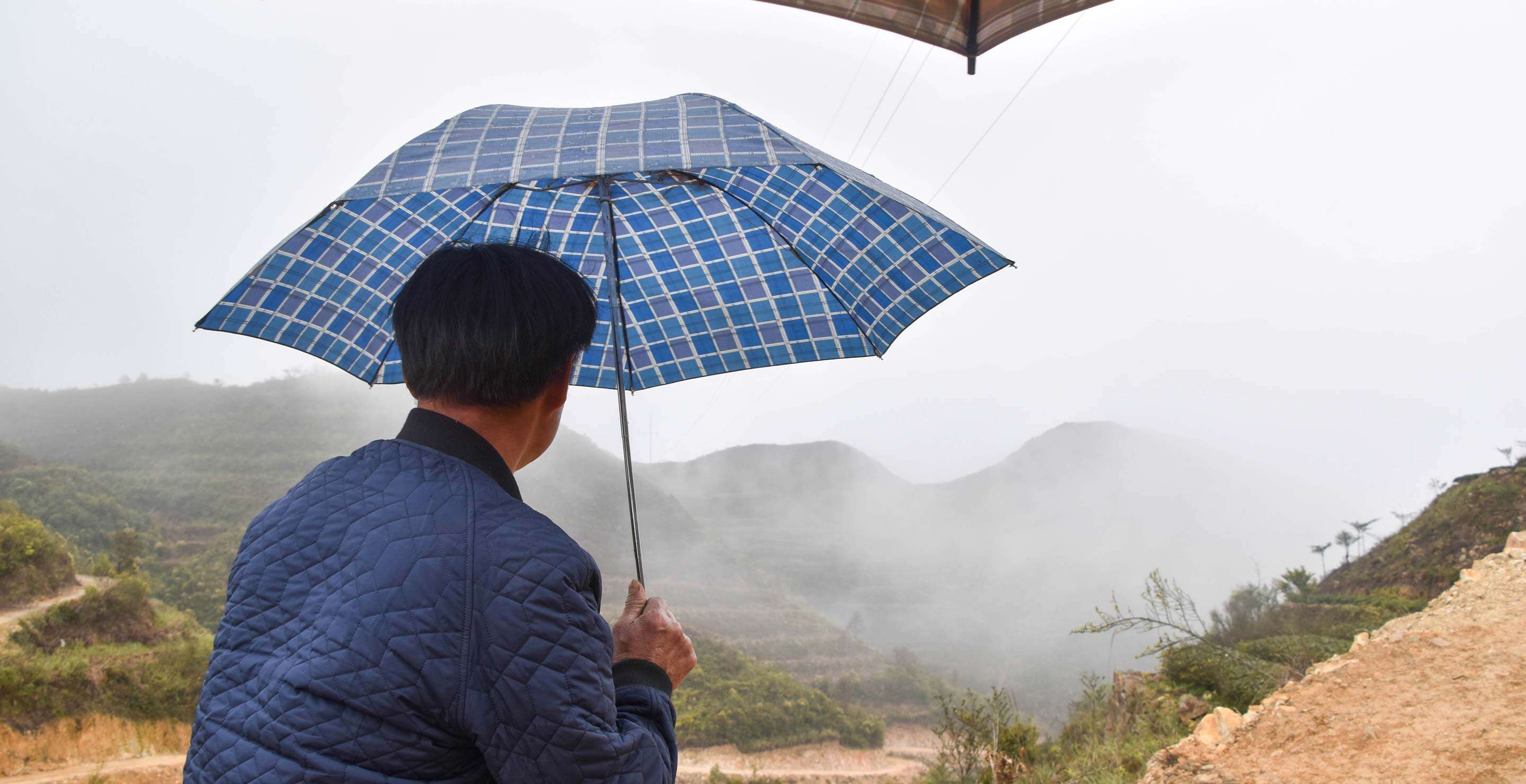



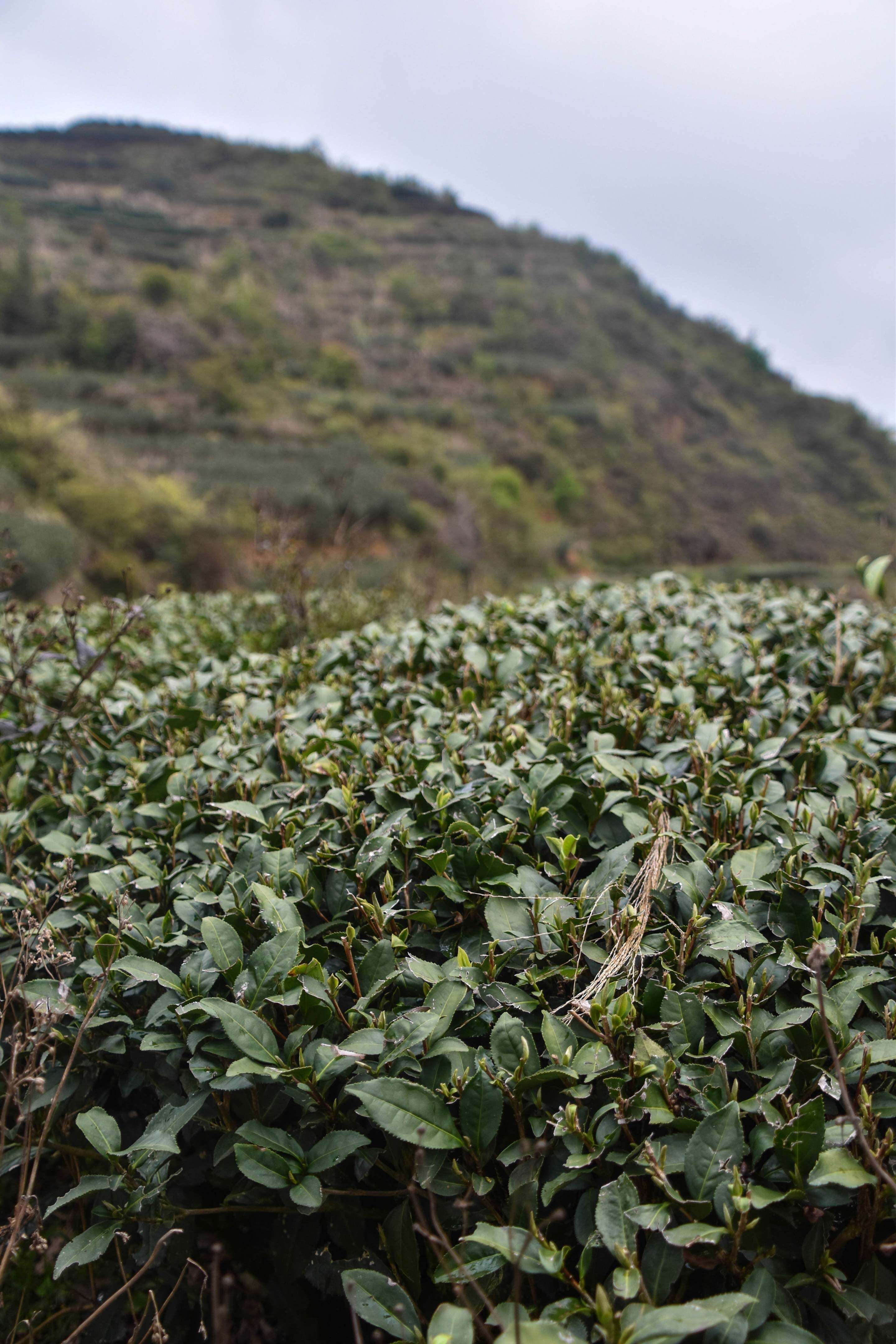

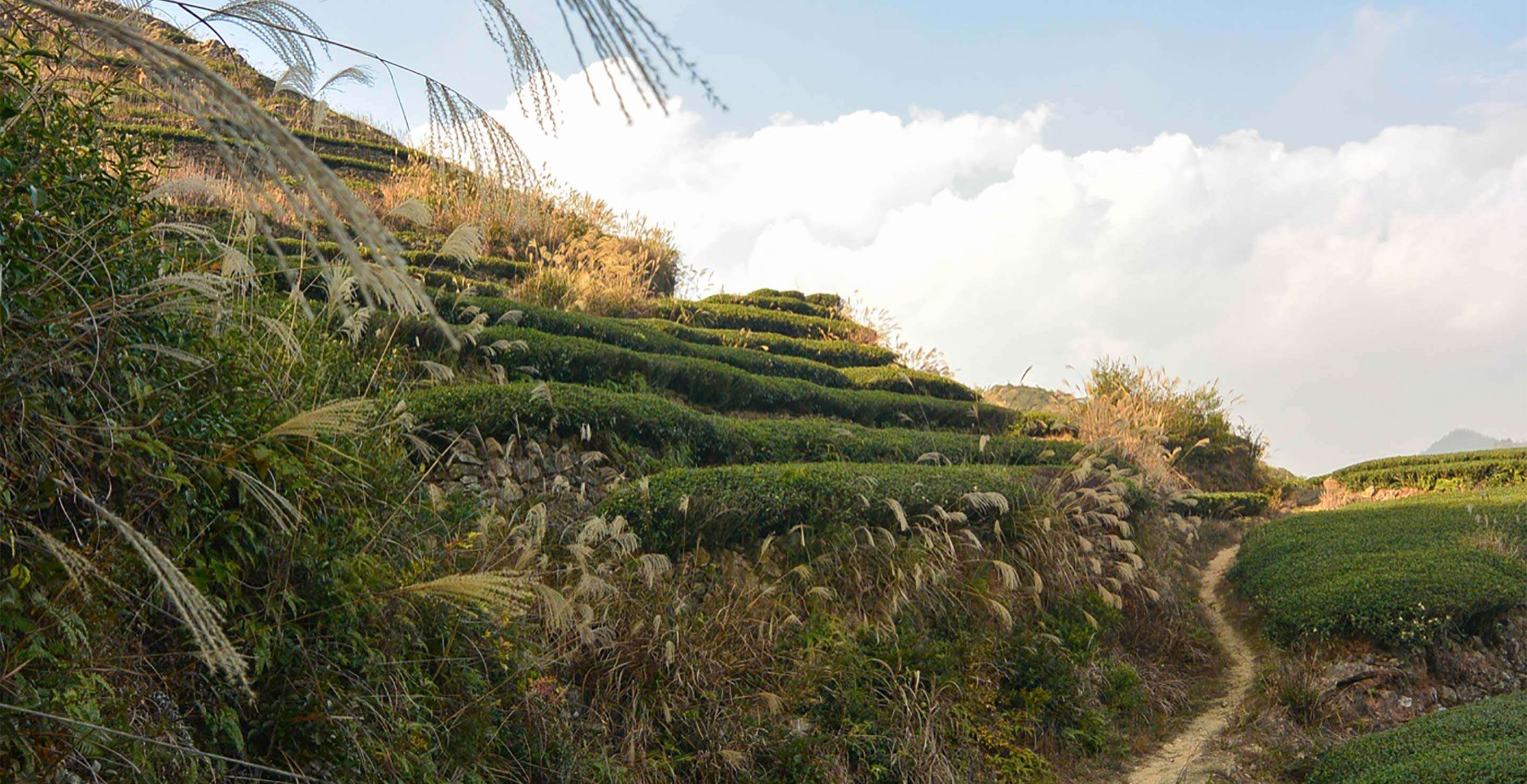

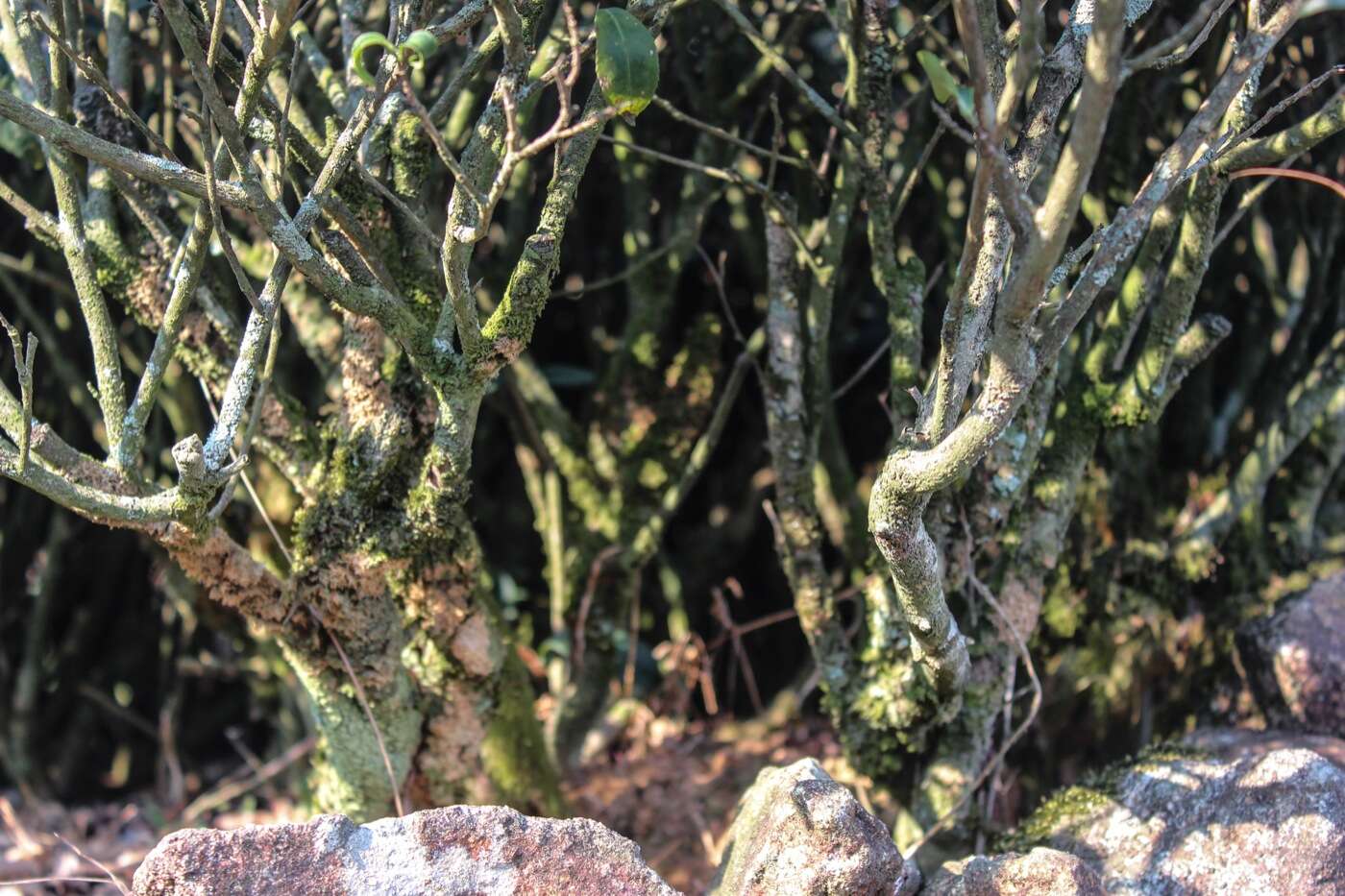


 Oolong Tea
Oolong Tea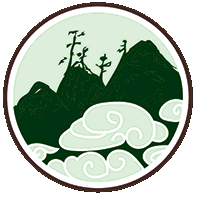 Master Zhang – Daping
Master Zhang – Daping

